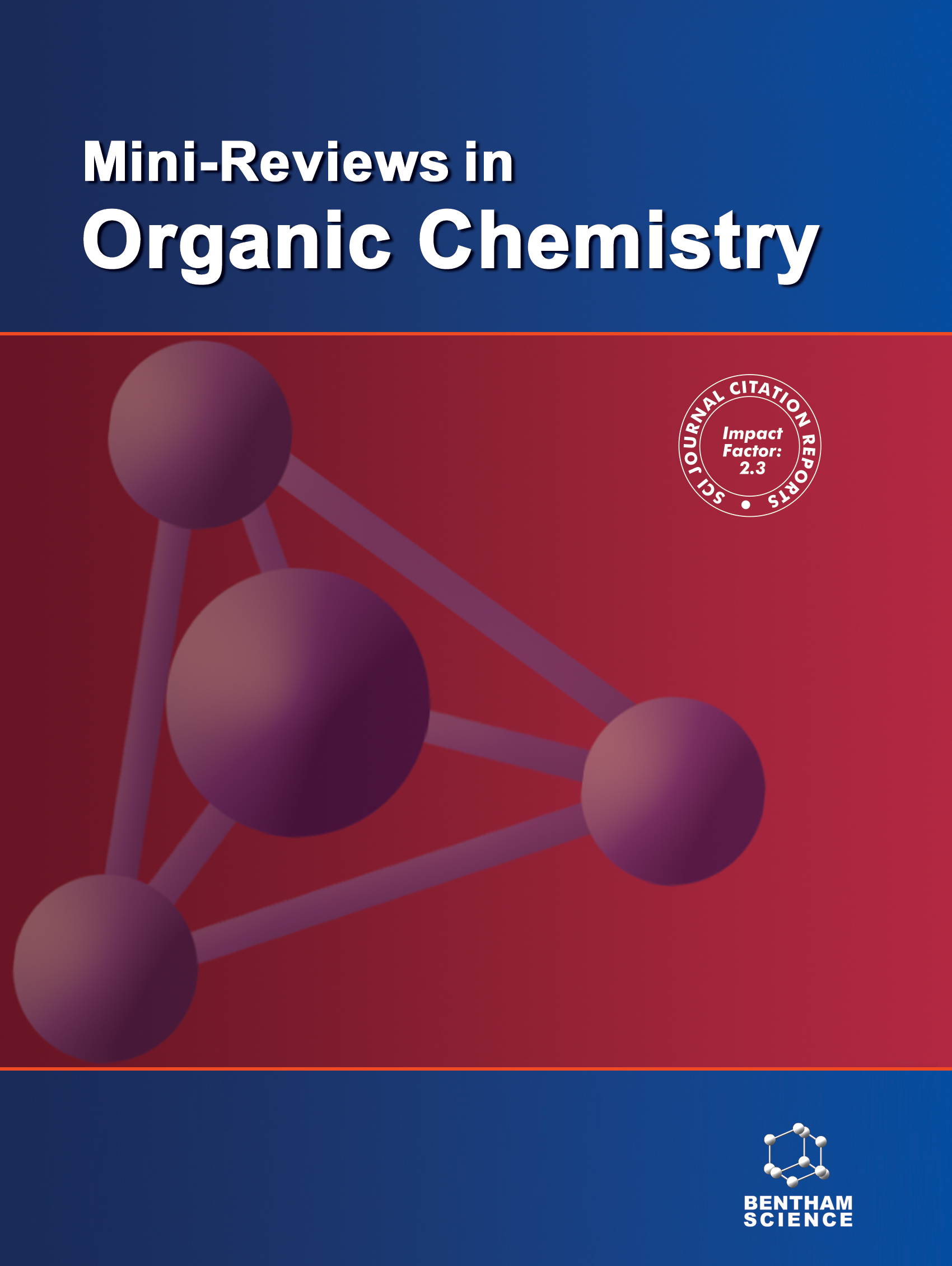
Full text loading...
We use cookies to track usage and preferences.I Understand
Microbial derivatives are a significant source of antioxidants, with varying structures leading to different activities due to distinct structure-activity relationships. These structures include polyketones, alkaloids, terpenes, and fatty acids. Microbial-derived antioxidants offer unique advantages, such as diversity, high yield, customizability, sustainability, and biocompatibility, making them promising for various applications. This review aims to address the following objectives: (1) to explore the antioxidant activities of microbial derivatives with these specific structures, (2) to detail their biosynthesis processes, and (3) to lay the groundwork for their further utilization and development in diverse fields.

Article metrics loading...

Full text loading...
References


Data & Media loading...

